Age Responsive Pedagogies
Discover insights about pedagogical strategies tailored for the early years.
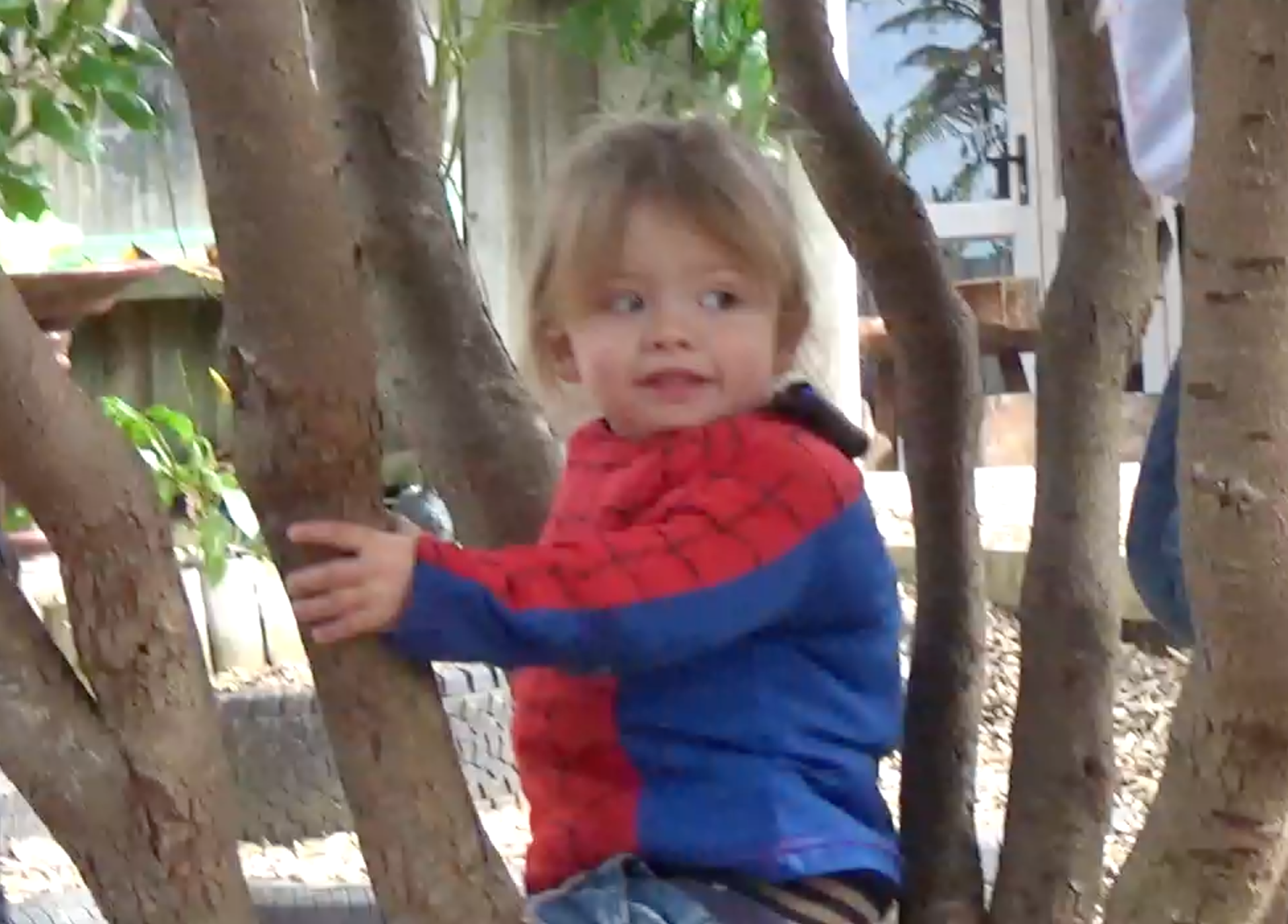

Dialogues About Two Year-old Dialogues in 'Preschool'
Kia ora and welcome to this website, in which we share our discoveries based on the following questions:
- What do effective dialogues with two year-olds 'look like'?
- What are the people, places and things that shape these dialogues?
- How do teachers' in-depth reflections on these dialogues contribute to their articulation of effective pedagogy for these two year-olds?
- What is the impact of these dialogues on practice?
Lead researcher Jayne White introduces the study, its origins and insights.
Many of the concepts explored throughout the website are explained in a book written by Jayne, Introducing Dialogic Pedagogy: Provocations for the Early Years.
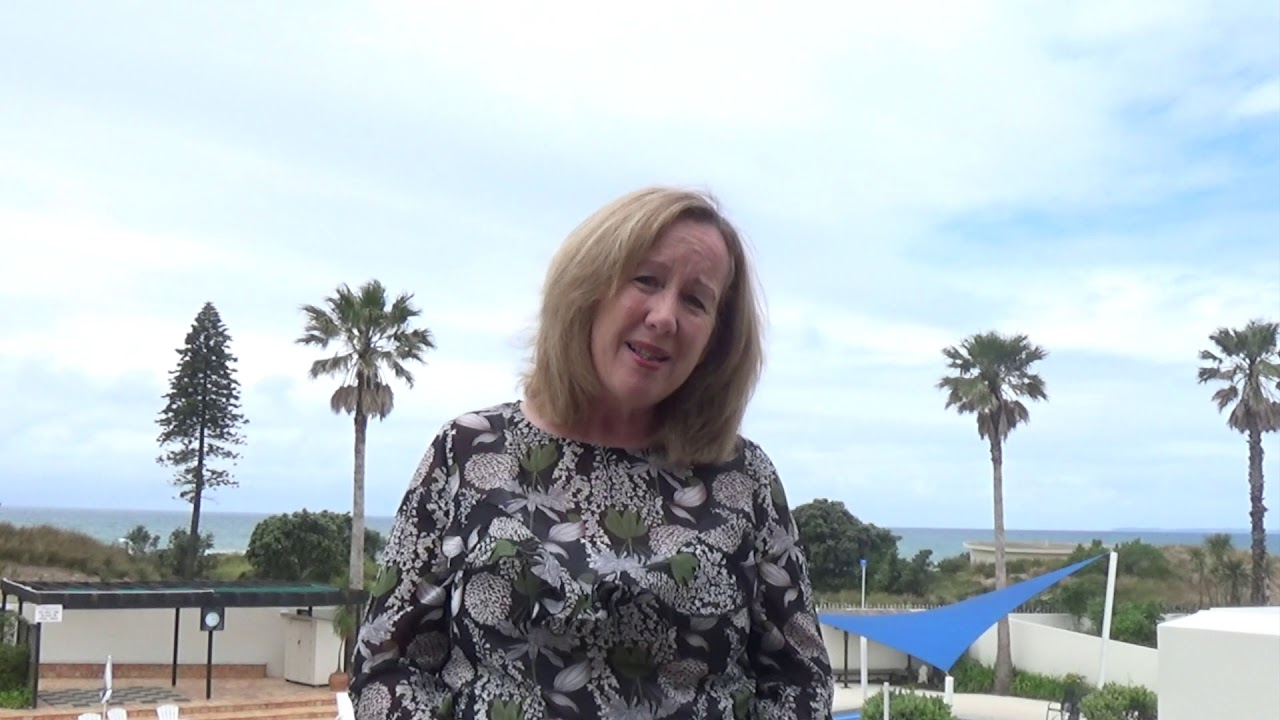
Introducing: Avenues Kindergarten
Meet the Avenues Kindergarten teaching team. Catherine Geddes, Aimee De'Adman, Aimee Crisp, Shavaurn Bennett, Tinah Steed.
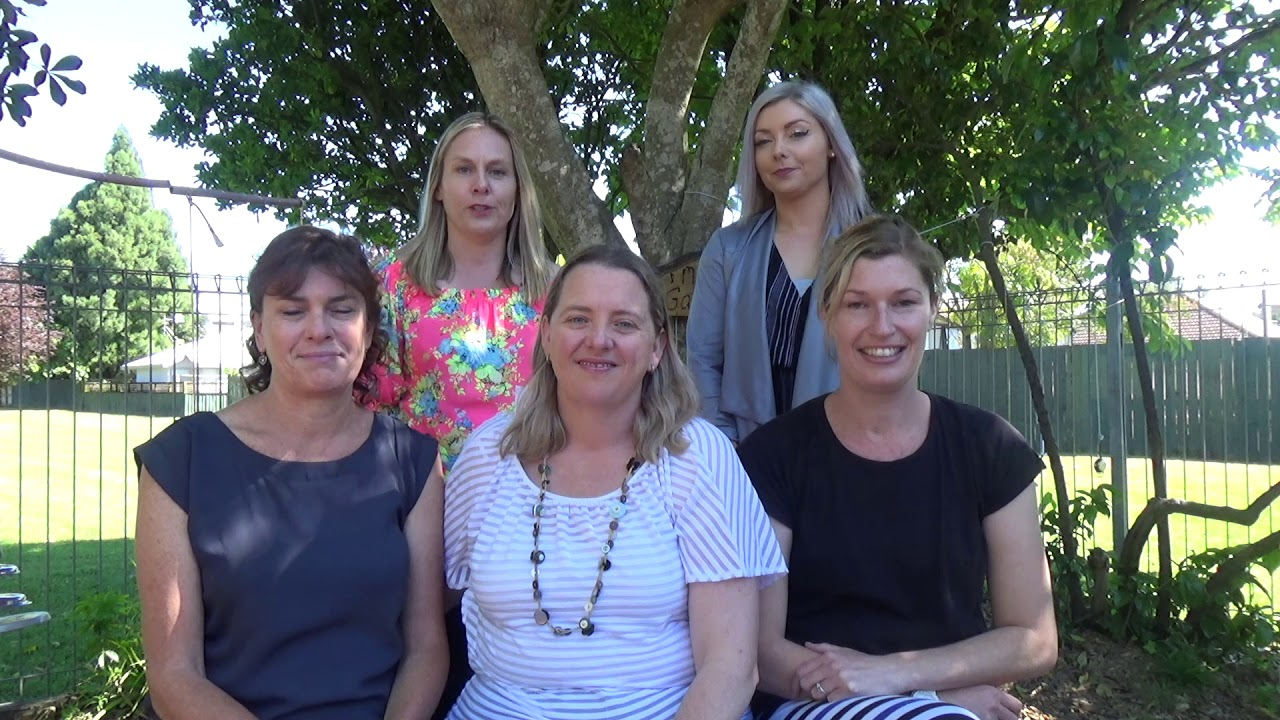
Key Features
- Number of Children: 7 x 2 year-olds; 11 x 3 year-olds; 17 x 4 year-olds; 1 x 5 year-old
-
Ratios: 1:10; 1:8 between 10am-11am
- Group Size: 35 children in attendance on day of recording
- Teacher Qualifications: 100% Qualified
Access to Education Review Office (ERO) Report
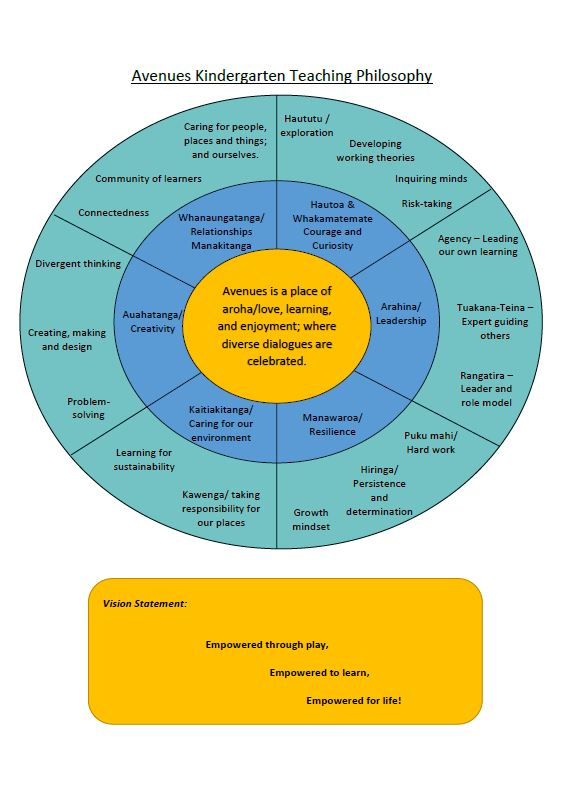
Introducing: Gate Pa Preschool
Gate Pa Preschool and Childcare Centre
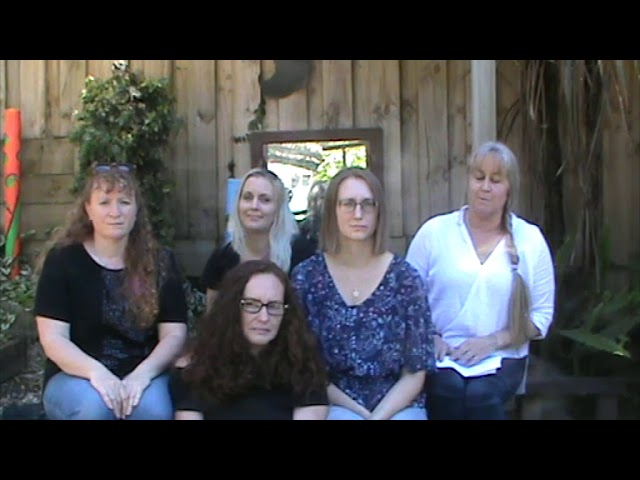
Key Features:
-
Age composition of children: 1 x 1 year-old, 7 x 2 year-olds, 6 x 3 year-olds, 9 x 4 year-olds
-
Ratios: 1:1 for infant, 5:5 for other age groups
-
Group size: 23 children in total on the day of recording
-
Teacher Qualifications: 85% Qualified
Access Education Review Office (ERO) Report
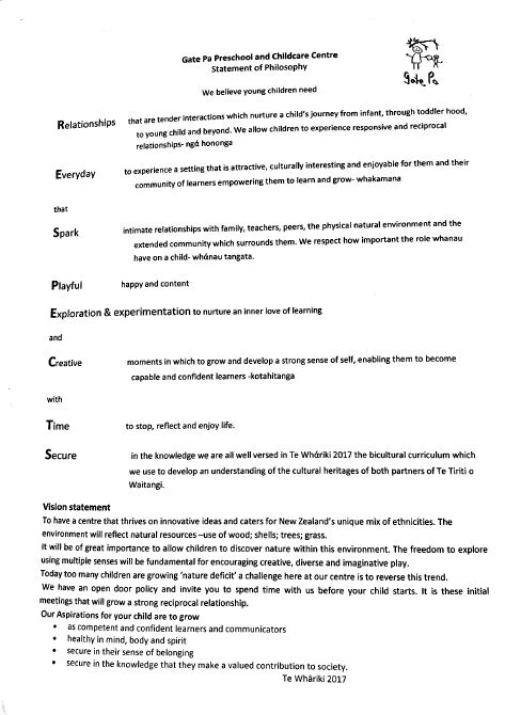
Introducing: Senior Teaching
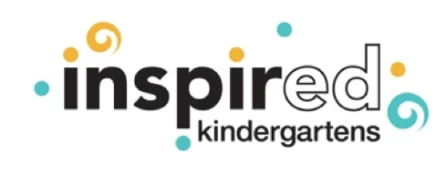
Combined with a strong push to gain status within the wider educational sector, narrow interpretations of pedagogy perpetuated a discourse that positioned the 'preschool' as a learning environment that was not suitable for two year-olds. As there can now be no denying the marked increase of numbers of two year-olds in 'preschools' (White, Peter & Ranger, 2016; White, Peter, Rockel, Sims & Kumeroa, 2017), this discourse illuminates the impact of extant policy and attitudes on teachers in their pedagogical practice and poses a challenge to the education of those two year-olds now located within settings traditionally oriented to older children.
Two year-olds have been overlooked in policy
Annette Rogers
Meet Annette Rogers
"Teachers used to see two year-olds as a problem. Now they see their presence and participation as an invitation to learning dialogues - Annette Rogers"
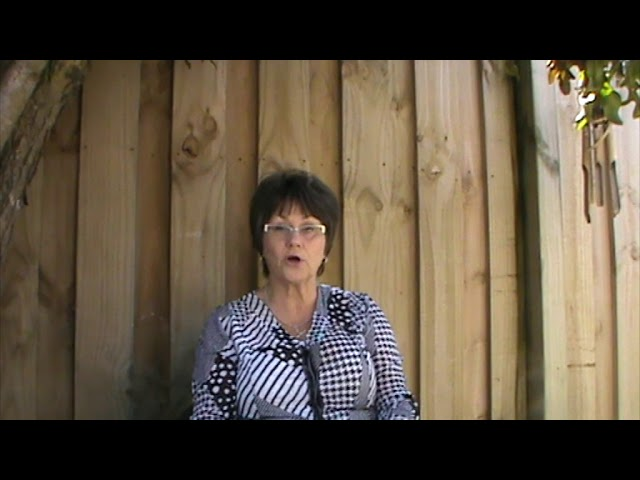
Introducing: Our Approach
Dialogic methodology underpinned our research. This approach emphasises all forms of communication as potential dialogues of meaning-making.
Listen to Jayne explain our approach
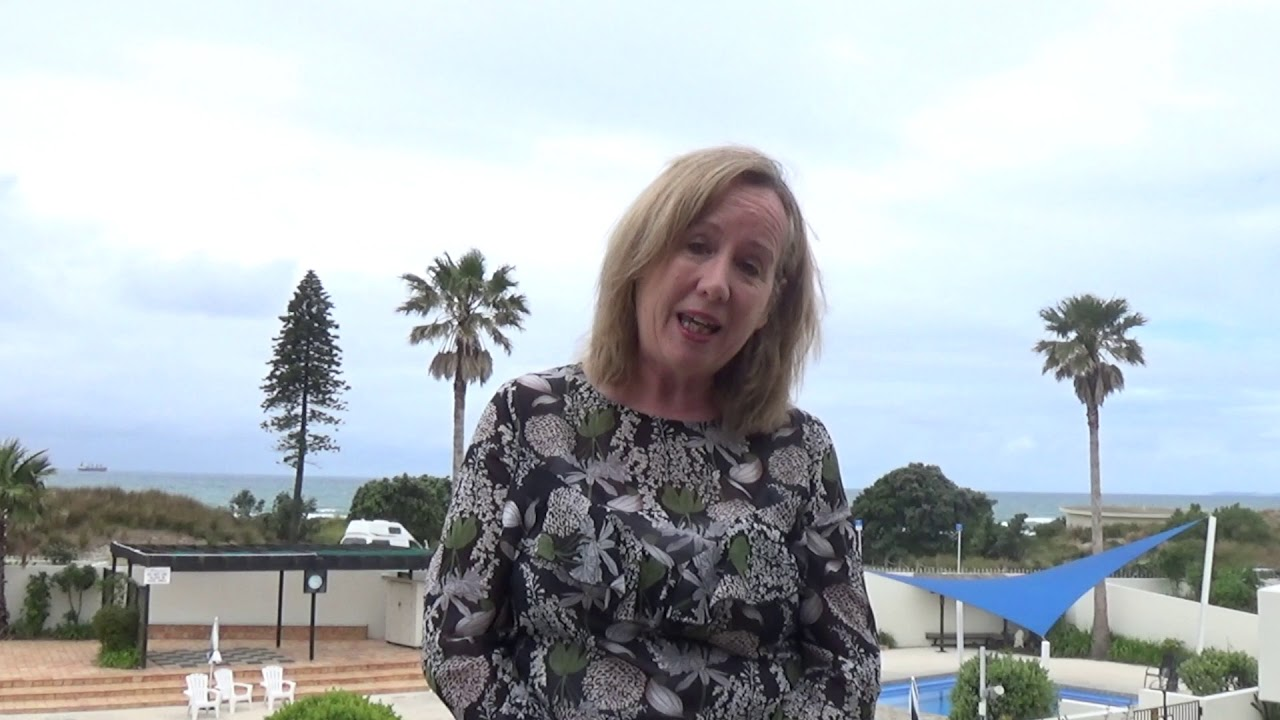
We used a combination of different cameras to capture our dialogues with two year-olds, their peers, and their teachers.

We videoed three different ways:
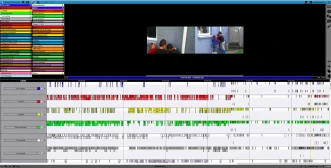
- Video handheld/Swivl tracking camera (following a two year-old)
- Video glasses (worn by a teacher)
- 360 degree camera (filming the wider 'preschool' environment)
At every phase of the research we engaged in critical reflective dialogues as we began to see more and more.
We entered our video footage into V-note and coded the different types of language used as well as our understandings of their significance for learning.
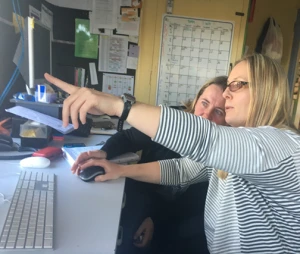
As we have watched the coding we have had many, many conversations about our different interpretations. Every time we sat down we ended up having a professional conversation about something we had seen on the video and how we came to a shared understanding of meaning out of this. It has greatly increased our relationships as a team, and now with children as we work together to understand and engage effectively with children
Participating teacher
Sometimes in this resource you will see more than one visual image used at a time. The purpose of this polyphonic approach is to broaden the visual field so you, like the teachers in this study, can 'see' more.
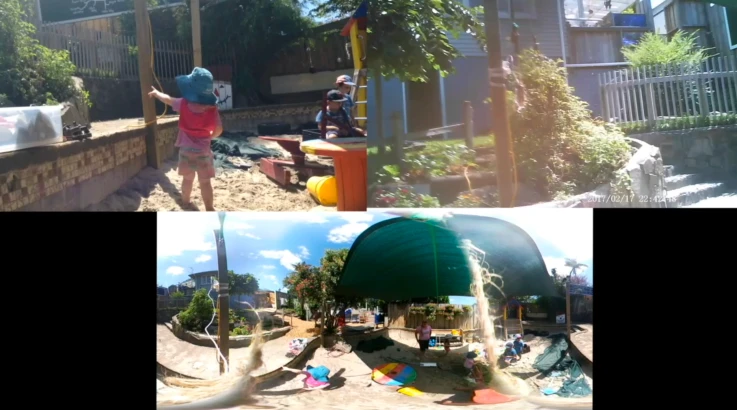
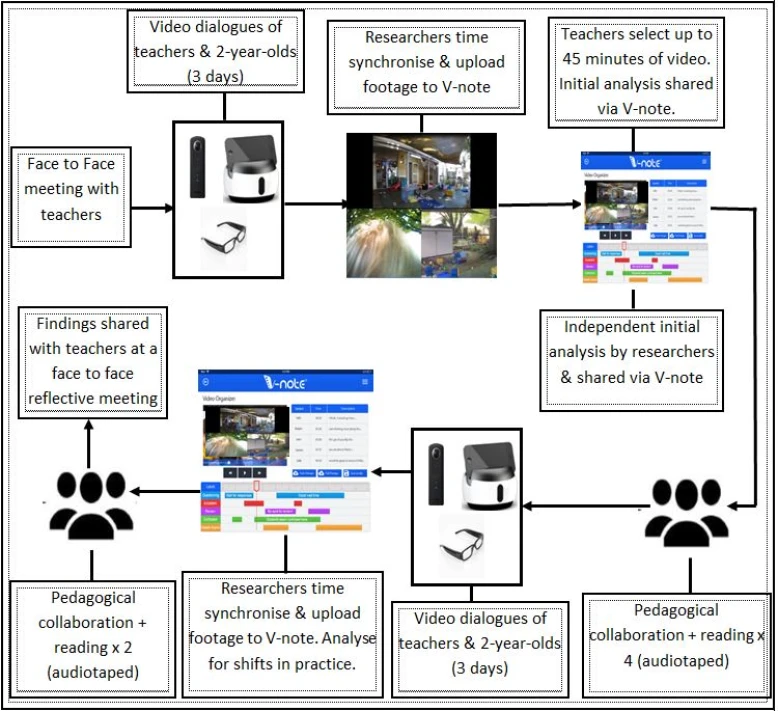
To learn more about a Bakhtinian approach to education read: Reading Bakhtin Educationally